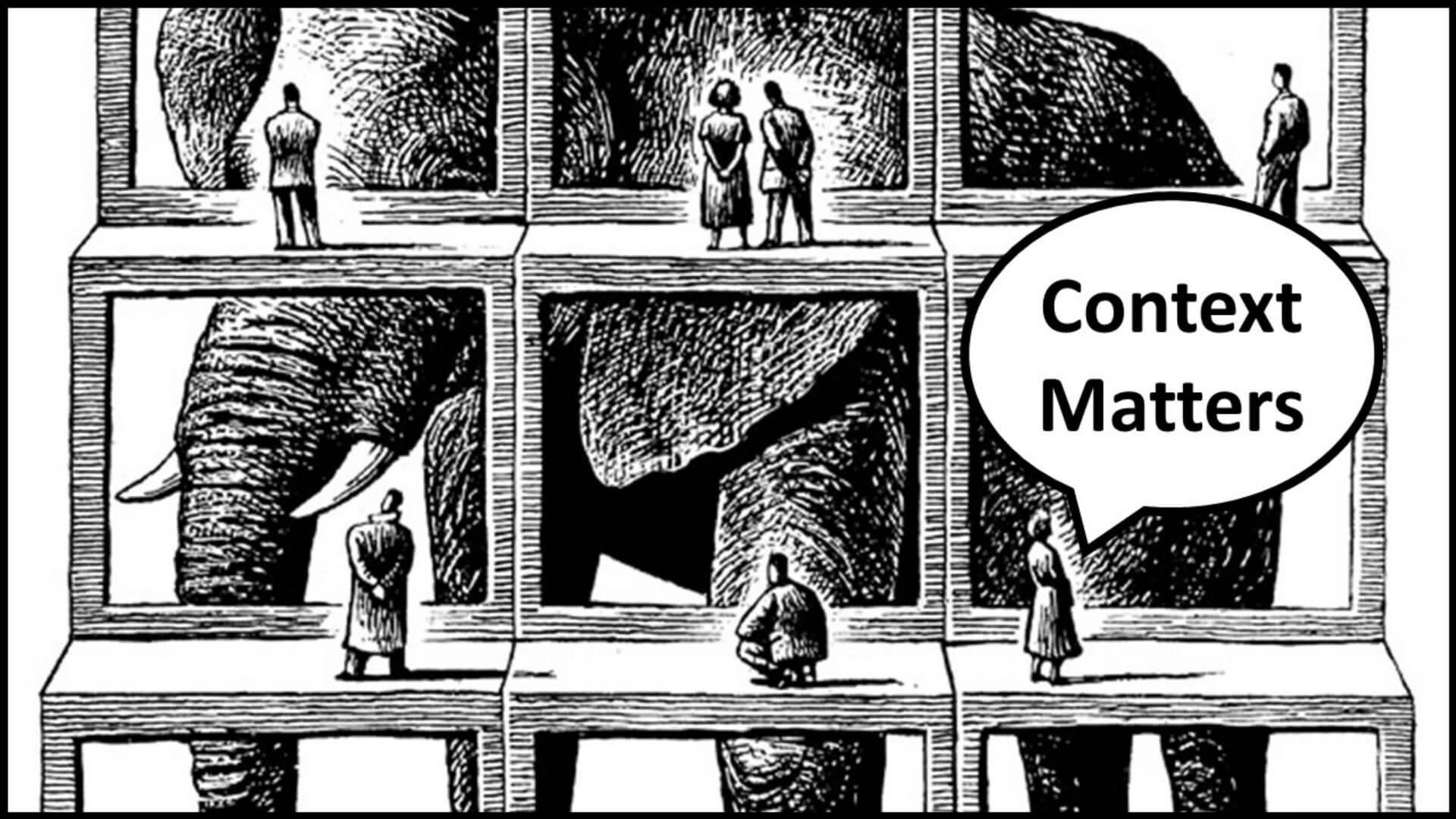Writing Context
There are two purposes you're working to achieve when writing context for your evidence:
P.1 Providing some reminders about what's going on in the book.
P.2 Priming readers for how they should read your quote.
Below, we'll review a few different ways that you can work to provide context in your essay. They're highlighted based on which of the two purposes above they're working towards.
- Plot Placement: Work to briefly place readers where this evidence falls within the story and any necessary context so we are able to follow the evidence.
- Literary Devices: If your evidence has a specific literary device you want to focus on, quickly introduce it in your context so readers know to look for it.
- Pre-Analysis: Start to introduce the idea you'll be exploring within your evidence in order to help readers read the quote with that point in mind.
Most of your context should be for P.1. If you can bring P.2 into your context, great, but you do not need to do this every time. When you do, it may only require a few words. For example, if you're trying to show a character as chaotic, you might provide the following context:
Hamlet chaotically confronts Ophelia after her father's been killed exclaiming, "..." (Pg. #).
That one word primes us to look for a chaotic tone as we read the evidence, and it gives us the necessary context to understand what's happening. Once you've written your context now it is time to integrate your evidence. There are a few ways this can be done:
- Seamless Integration: Embed the quotation, or excerpts from the quotation, as a seamless part of your sentence.
- Charles Dickens begins his novel with the paradoxical observation that the eighteenth century was both “the best of times” and “the worst of times” (1).
- Signal Phrase: Provide any necessary context and then introduce the quote using a signal verb. As mentioned above, that signal verb can work as a pre-analysis of sorts.
- See italicized example above.
- Colon: If your own introductory words form a complete sentence, you can use a colon to introduce and set off the quotation. This can give the quotation added emphasis.
- Dickens defines the eighteenth century as a time of paradox: “It was the best of times, it was the worst of times” (1).
In order to practice this skill, we'll use the following activity.
